Polystyrene, a plastic material widely used in packaging, construction, and daily necessities, is highly valued for its lightweight, durable, and cost-effective properties. However, as concerns about environmental and health issues continue to grow, the safety of polystyrene has sparked widespread discussion.
Is polystyrene safe? Does it pose potential risks to human health? Is it safe for use in food packaging or under high-temperature conditions?
This article will delve into the chemical properties of polystyrene, its potential risks, and related scientific research, aiming to provide readers with a comprehensive and objective perspective to evaluate the actual safety of this common material.
Compositional Safety Of Polystyrene Material
Polystyrene (PS) is a thermoplastic polymer synthesized from styrene monomers, with a chemical formula of C₈H₈. It’s manufactured from styrene, a volatile colorless liquid with a distinctive aromatic odor, featuring a molecular structure that includes a benzene ring and a vinyl group.
Through addition polymerization, polystyrene forms linear or branched polymer chains, represented as (C₈H₈)ₙ, where “n” indicates the number of repeating monomer units.
In polystyrene injection molding, additives such as plasticizers, flame retardants, stabilizers, or colorants are commonly incorporated to enhance performance.
Polystyrene is also frequently blended with other plastics to meet specific application requirements. While these additives do not alter the core chemical structure of polystyrene, they may impact its safety and processing characteristics.
The polymer’s backbone consists of carbon-carbon single bonds, with each repeating unit featuring a benzene ring as a pendant group, imparting rigidity, hydrophobicity, and excellent electrical insulation properties.
The molecular chain can adopt various stereochemical configurations, with commercial polystyrene typically exhibiting an atactic, amorphous structure, making it transparent, easily processable, and suitable for diverse applications in polystyrene injection molding.
Expanded polystyrene foam is produced by inflating polystyrene beads with a blowing agent, creating a lightweight yet robust material widely used in packaging and insulation applications.
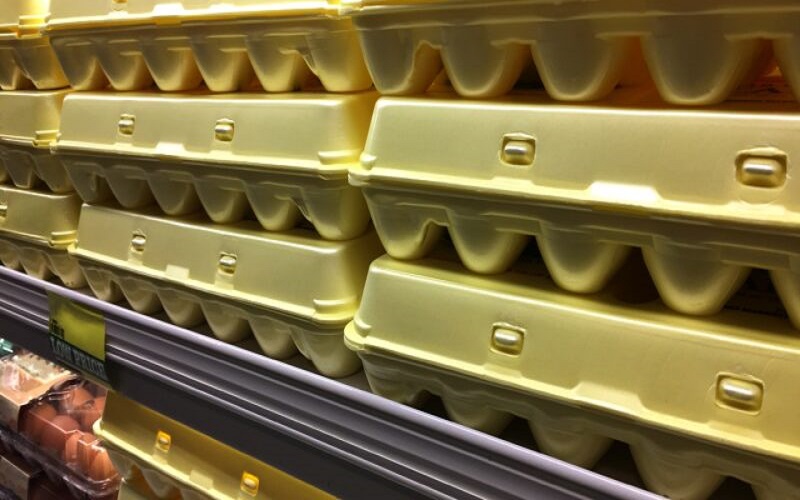
Common Types Of Polystyrene
Common types of polystyrene are shown below:
General-Purpose Polystyrene (GPPS)
GPPS is characterized by its transparency and brittle nature, resulting from an atactic molecular chain arrangement. This amorphous structure makes it ideal for injection molding transparent products, such as containers, display racks, and optical components, where clarity and ease of processing are essential.
High-Impact Polystyrene (HIPS)
HIPS is modified by incorporating elastomers like polybutadiene, introducing branched or grafted structures into the polymer matrix.
This enhances toughness and impact resistance, making HIPS suitable for durable applications like appliance housings, electronic casings, and consumer goods requiring improved mechanical strength.
Expanded Polystyrene (EPS)
EPS is produced by incorporating blowing agents, such as pentane, to create a low-density, porous foam structure.
While its molecular composition remains largely unchanged, the physical form of EPS—lightweight and cellular—makes it widely used in packaging, insulation materials, and protective cushioning for fragile items.
Over time, expanded polystyrene foam can break down into smaller pieces, which contribute to microplastic pollution in the environment.
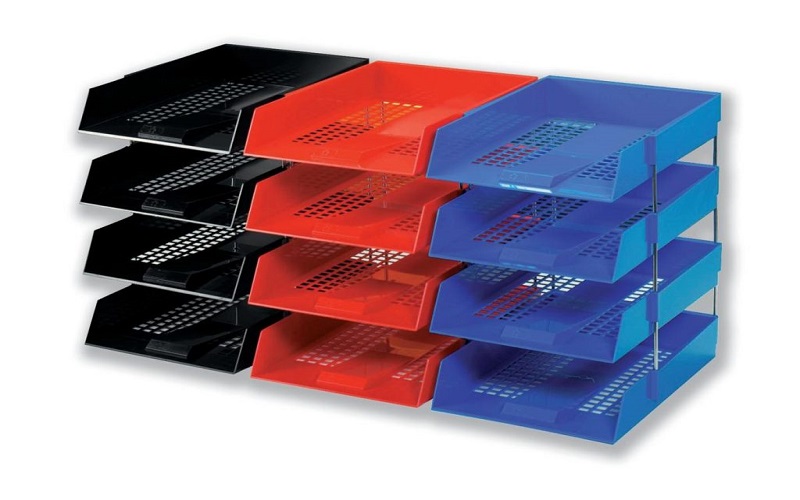
Safety of Polystyrene In Various Applications
Polystyrene is widely utilized in the injection molding industry for food packaging, consumer goods, and industrial components due to its lightweight, durable, and cost-effective properties. However, its safety varies depending on the application and usage conditions.
Below is an analysis of polystyrene’s safety in different applications from an industry perspective:
Polystyrene Food Packaging
In food packaging, polystyrene, particularly EPS foam, is commonly used for food containers, egg cartons, and disposable tableware due to its excellent thermal insulation and cushioning properties.
Regulatory bodies such as the FDA and EFSA have established strict safety limits set for styrene migration in polystyrene food contact products, ensuring safety under normal use.
Data indicate that exposure to styrene from polystyrene food contact products is minimal, with the estimated daily intake calculated at 6.6 micrograms per person per day.
However, styrene, which can “migrate” in very tiny amounts to foods or beverages, poses an increased risk in high-temperature, fatty, or acidic environments. Consumers are advised to avoid using polystyrene containers for such foods and beverages to protect their health.
Consumer Goods
Polystyrene, often high-impact polystyrene (HIPS), is used in injection molding for appliance housings (e.g., TVs, refrigerators), toys, stationery, and daily necessities to enhance impact resistance.
In consumer goods, polystyrene typically does not come into direct contact with food, resulting in low migration risks. However, prolonged use (e.g., in children’s toys) may lead to the release of trace amounts of styrene or additives, particularly if the material is worn or aged.
Improper disposal of consumer goods, such as incineration, can release styrene or other volatile organic compounds (VOCs), posing risks to the environment and human health.
Additionally, additives in polystyrene, such as flame retardants and plasticizers, must comply with safety standards to minimize potential health hazards.
Building Insulation
In building insulation, polystyrene foam is widely adopted for its superior thermal insulation and lightweight characteristics.
It is generally considered safe when installed and used according to relevant standards, provided it is not exposed to prolonged high temperatures or fire sources, which could lead to the release of harmful substances.
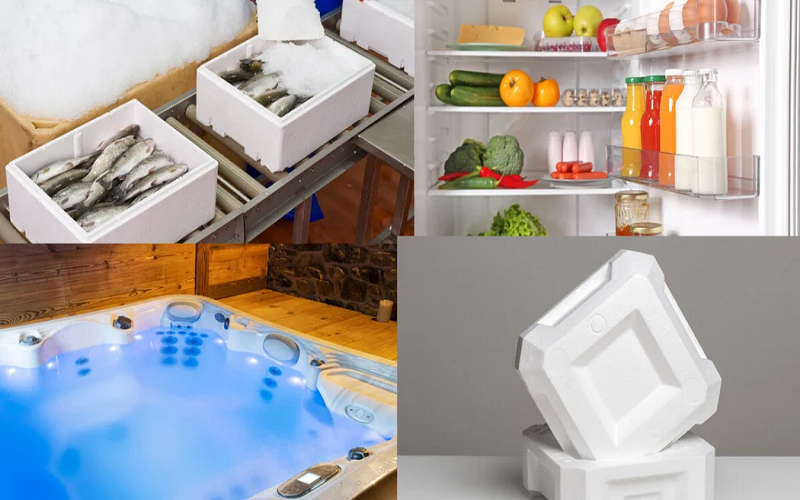
Is Polystyrene Toxic To Humans?
With growing awareness of health and environmental concerns, the safety of polystyrene plastic products has become a topic of widespread discussion. The question “Is polystyrene toxic?” frequently arises due to its extensive use in everyday applications.
Polystyrene, a chemically stable polymer, is generally safe and does not release harmful substances under normal conditions. However, under high temperatures or in acidic or alkaline environments, it may degrade, releasing potentially harmful compounds such as styrene and benzene.
Styrene is classified by the International Agency for Research on Cancer (IARC) as a Group 2A probable human carcinogen, indicating a potential link to cancers such as leukemia and lymphoma.
Additionally, some studies suggest styrene exposure may cause genetic damage to white blood cells and neurological effects, including hearing loss, with heightened risks for children and individuals with compromised immune systems.
While polystyrene is considered safe for typical use, caution is advised in high-temperature or strongly acidic/alkaline conditions to minimize potential health risks.
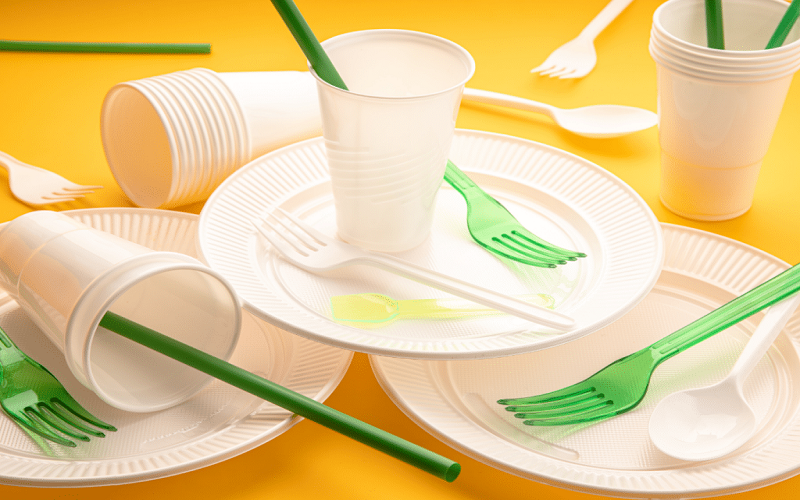
Environmental Impacts Of Polystyrene Plastic
Due to its high molecular weight and structural stability, polystyrene plastic is generally considered non-degradable.
Discarded polystyrene products often break down into tiny particles, becoming microplastics that are ingested by wildlife or marine organisms, thus entering the food chain and posing risks to ecosystems and human health.
Smaller pieces of polystyrene are frequently ingested by fish, leading to health risks for marine life and potentially humans who consume these fish.
As polystyrene degrades in the environment, it may release chemicals such as styrene.Styrene is a potentially toxic substance, and long-term exposure can threaten both ecosystems and human health.
Additionally, the recycling rate for polystyrene is relatively low, and if incinerated, it can be used to recover energy.
However, this process emits harmful air pollutants such as benzene and other volatile organic compounds, further exacerbating environmental pollution issues and posing environmental and health risks.
Therefore, polystyrene plastics have a significant negative impact on the environment, posing multiple safety threats.
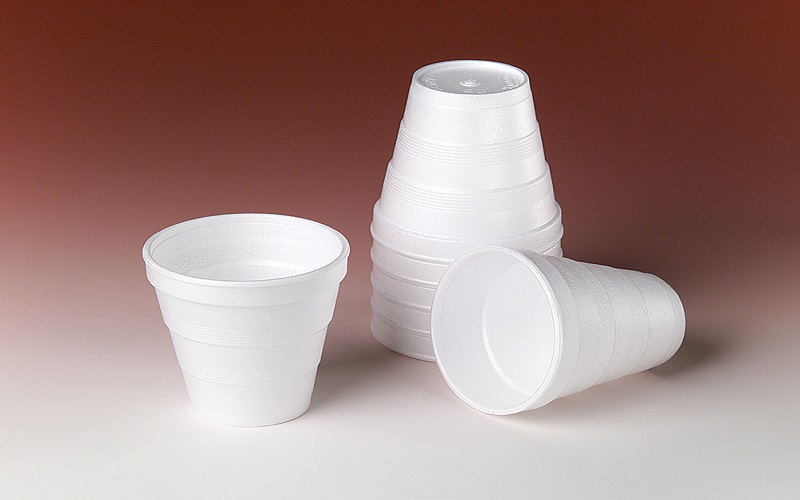
Sustainable Alternatives to Polystyrene Foam
As awareness of the environmental and health impacts of polystyrene foam and expanded polystyrene grows, many businesses and consumers are seeking more sustainable alternatives for packaging and food service.
Restaurants, coffee shops, and food vendors are increasingly turning to other materials that offer similar convenience but with reduced environmental costs.
Popular alternatives include paper-based containers, biodegradable plastics made from plant starches, and reusable options such as glass or durable plastic food containers.
These materials are often easier to recycle or compost, and they break down more readily in the environment compared to traditional polystyrene products like packing peanuts, styrofoam containers, and polystyrene cups.
Biodegradable and compostable food packaging is designed to minimize litter and reduce the accumulation of microplastics in landfills and oceans.
Paper and cardboard containers, for example, are widely accepted in recycling programs and are less likely to persist as environmental pollutants. Some food service providers are also adopting reusable cup and plate systems to further cut down on single-use plastics.
While these alternatives may come with higher upfront costs, the long-term benefits for the environment and public health are significant.
As technology advances, the performance and affordability of sustainable food packaging materials continue to improve, making it easier for businesses and consumers to make eco-friendly choices.
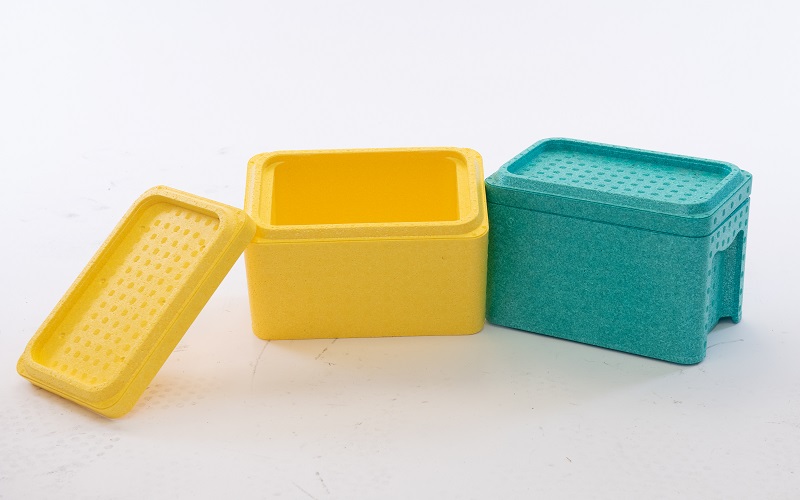
Comparison of The Safety Of Polystyrene And Other Plastics
In the article “Is Polycarbonate Safe?” we learn that the safety of PC plastic has been controversial due to the issue of Bisphenol A (BPA).
BPA can be released under high temperatures, potentially impacting human health, particularly posing risks to the development of infants and young children.
Compared to polycarbonate containing BPA, polystyrene does not contain other harmful components, but it can decompose and release styrene when exposed to high temperatures or strong acids and bases.
In the comparison between Polypropylene vs Polystyrene, PP material has better heat resistance and chemical stability, and is easier to recycle, generally considered safer than polystyrene.
Below is a comparison data table of these three materials:
Performance Indicator | Polypropylene | Polycarbonate | Polystyrene |
Heat Deflection Temperature | Approx. 100°C – 120°C | Approx. 140°C – 150°C | Approx. 80°C – 90°C |
Impact Resistance | High | Very High | Low to Medium |
Food Safety | Yes (certified materials required) | Yes (with BPA-free versions) | No |
Environmental Friendliness | Higher | Medium | Lower |
Hydrolysis Stability | High | Very High | Medium |
Printing Difficulty | Low | High | Medium |
Volatile Organic Compounds (VOCs) Emission | Low | Medium | High |
UV Resistance | Low | High | Low |
Conclusions
Polystyrene , a versatile and cost-effective thermoplastic, is widely used in the injection molding industry for food packaging, consumer goods, industrial components, and building insulation.
While generally safe under normal conditions, exposure to high temperatures, fatty, or acidic environments may lead to styrene migration, posing health risks such as potential neurological effects or carcinogenicity.
Additionally, polystyrene’s environmental impact is significant, with its non-biodegradable nature contributing to microplastic pollution and improper disposal potentially releasing toxic gases.
By optimizing injection molding processes, selecting low-toxicity additives, enhancing recycling efforts, and exploring biodegradable alternatives, the industry can balance safety and environmental concerns.
Looking forward, advancements in green manufacturing and sustainable materials will be key to ensuring the safe use of polystyrene while minimizing its environmental footprint.
